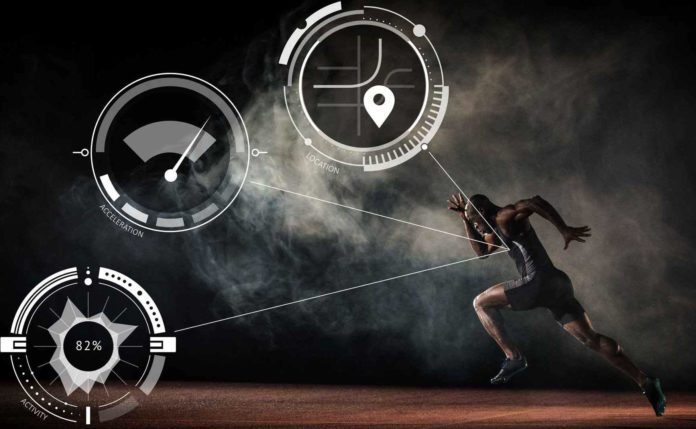In the world of sports, the pursuit of excellence is relentless. Athletes continually seek ways to improve their performance and gain a competitive edge. In recent years, the landscape of athletic training has undergone a remarkable transformation thanks to cutting-edge technologies redefining how athletes train and perform. From wearable devices to advanced data analytics, technology is revolutionizing high-performance training and shaping the athletes of tomorrow. In this blog post, Christopher Linton discusses the various technological advancements that are changing the game for athletes across the globe.
Wearable Technology: Unleashing The Power Of Data
Gone are the days when coaches had to rely solely on their intuition and experience to gauge an athlete’s performance. Wearable technology, such as smartwatches, fitness trackers, and biometric sensors, has opened up a new world of data-driven training. These devices provide real-time information on crucial metrics like heart rate, calorie expenditure, sleep patterns, and even oxygen saturation levels.
By analyzing this data, athletes, and coaches can gain valuable insights into an athlete’s physical condition, identify areas of improvement, and optimize training programs for maximum efficiency. Moreover, wearable technology helps in injury prevention. It allows athletes to track their workload and identify signs of overtraining, reducing the risk of injuries and when used in conjunction with advice from health professionals like IH physios, can help with enhancing overall performance.
Virtual Reality (VR) And Augmented Reality (AR): Enhancing Mental Resilience
Athletic success is not solely dependent on physical prowess; mental resilience plays a vital role in achieving peak performance. VR and AR technologies play a significant role in enhancing an athlete’s mental preparedness and focus. Through simulated environments and scenarios, athletes can immerse themselves in realistic training situations, replicating the pressure and intensity of actual competitions.
For example, a soccer player can practice taking penalty kicks in a virtual stadium filled with cheering fans, or a golfer can work on their swing on a virtual golf course. These technologies allow athletes to train their minds to stay calm under pressure. Athletes can visualize success and build the mental toughness necessary for high-stakes competitions.
Artificial Intelligence (AI) And Machine Learning (ML): Personalized Training Programs
AI and ML algorithms are revolutionizing how training programs are designed and implemented. By analyzing vast data, these technologies can tailor training regimens to suit individual athletes’ unique needs and strengths. AI-powered coaching platforms can assess an athlete’s performance, track progress over time, and recommend specific exercises and drills that target areas of improvement.
Additionally, AI-driven biomechanical analysis can give athletes valuable feedback on their technique. This feedback can help them refine their movements and optimize their performance. The ability to personalize training plans ensures that athletes can make the most of their training time and reach their full potential efficiently.
3D Motion Analysis: Perfecting Form And Technique
In sports where precision and technique are paramount, such as gymnastics or figure skating, 3D motion analysis is a game-changer. This technology employs multiple cameras and sensors to capture an athlete’s movements from all angles, creating a detailed 3D performance model. Coaches can then analyze this data to identify subtle flaws in an athlete’s form or technique that might not be visible to the naked eye. By making targeted adjustments based on this analysis, athletes can improve their execution and push the boundaries of what is physically possible in their sport.
Recovery And Regeneration: Cryotherapy And Compression Therapy
While training intensity is vital for progress, recovery, and regeneration are equally crucial for athletes to perform at their best consistently. Technology has introduced innovative recovery methods, such as cryotherapy and compression therapy, to aid athletes in bouncing back faster from intense workouts and injuries. Cryotherapy involves exposing the body to extremely cold temperatures for a short duration, which can reduce inflammation, alleviate soreness, and promote faster healing. On the other hand, compression therapy employs inflatable sleeves to apply controlled pressure to specific areas, enhancing blood flow and reducing muscle fatigue.
Conclusion
Christopher Linton believes technology is reshaping the world of high-performance training, empowering athletes to achieve their full potential. Balancing innovation with the essence of sportsmanship, these cutting-edge tools serve as powerful allies, inspiring athletes to reach new heights of greatness. As technology and sports converge, the future promises a new era of sporting excellence and a generation of athletes equipped to surpass all previous boundaries.



































